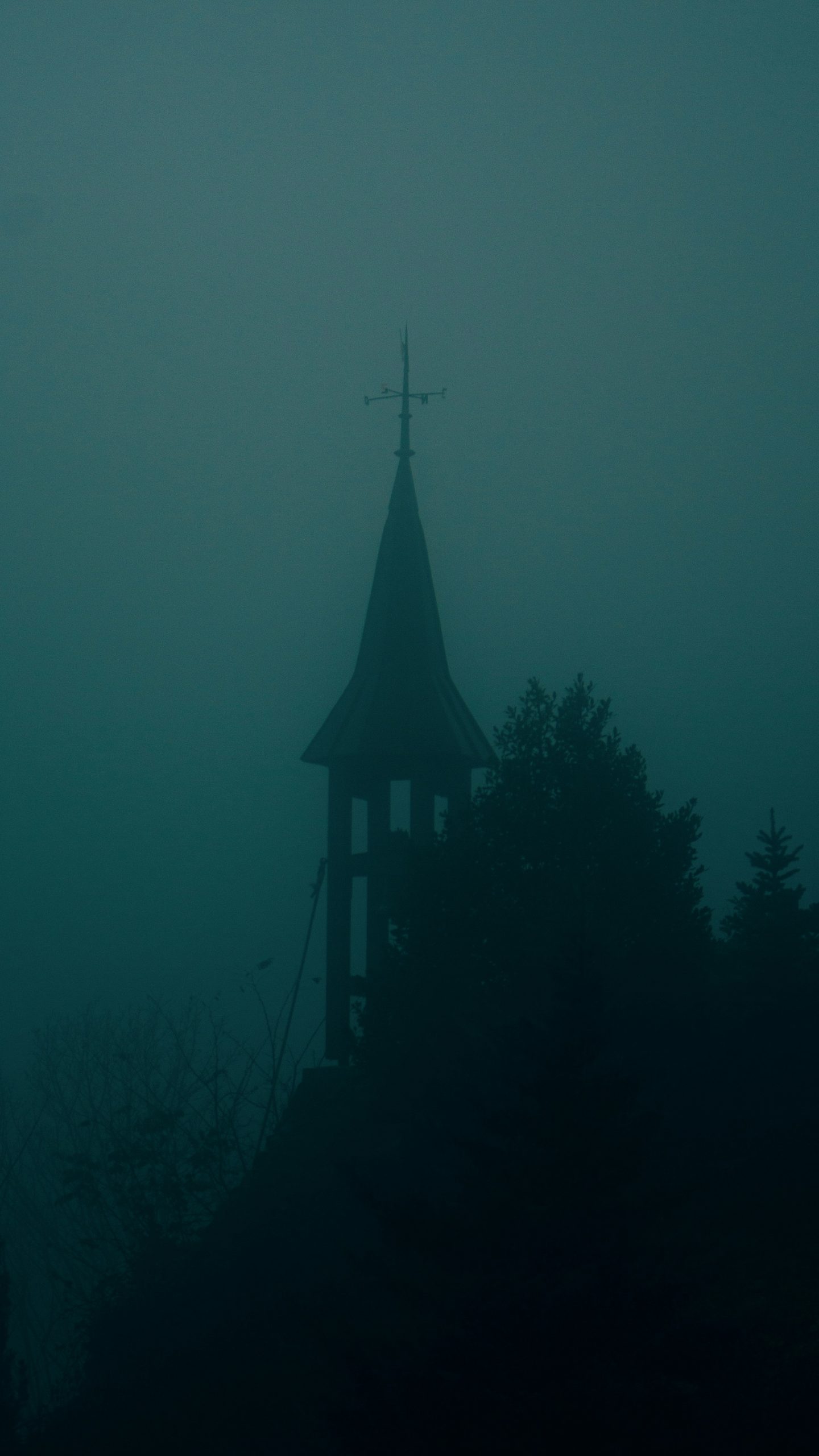Following the release of Django Unchained, Amy Pay takes a look at the career of one of the masters of cinema.
When people ask me if I went to film school I tell them ‘No, I went to films’-QT
Meet Quentin Tarantino, one of the masters of postmodern neo-noir cinema. Django Unchained, his greatly anticipated ninth feature film, failed to disappoint when it came out earlier this month. Since his 1992 directorial debut, his trademark dark, gun-happy, time-tripping style has entertained audiences and influenced filmmakers worldwide.
With humble yet career-grounding beginnings, Tennessee native Tarantino dropped out of school at 15 to work in a movie theatre and a video store. A decade or so later, stepping behind the camera, Reservoir Dogs graced the screens and shelves that he once manned. Fuelled with testosterone, graphic violence and sharp, witty dialogue, the indie success featured aspects of varying genres that he used to watch in work. His simultaneous employment of multiple POV, jump cuts, tracking shots and hyperlink narrative structures reworked and united old cinematography methods to create non-linear, hyper-realistic, close-to-the-action, satirical crime films.
Particularly characteristic of Tarantino is the blending of classical gangster movie traits with the darkness of film noir to create a postmodern metafictional pastiche. The opening shot of the gang sauntering down the road in Reservoir Dogs pays homage to the closing scene in Ocean’s Eleven (1960), while the stand-off scenes replicate shoot-outs from spaghetti westerns. This cultural awareness continued in his second release, Pulp Fiction (1994). Named after and capturing the spirit of a cheap novel genre, the clumsy hitmen of Pulp Fiction frequently splice hard talk with pop culture references, placing the film within its context. It reinvented the classical bad guy by dressing Travolta and Samuel L. Jackson in simple, smart black suits. Playing with masculinity in this way harks back to the macho characters used by Howard Hawks and De Palma; tough, humorous, effortlessly cool baddies of both races cruise the line between good and evil.
The blaxploitation in Jackie Brown (1997), the utilisation of a female murderer (Uma Thurman) in Kill Bill, and masculinisation of empowered women in Death Proof (2007) further pushed the definitions of movie criminals. Inglourious Basterds (2009) gave Tarantino space to create even more vicious torture scenes and strengthen his aestheticisation of violence. While Django Unchained isn’t as unsettling, it has Tarantino’s stylish stamp all over it. This is why it has become another QT success.



